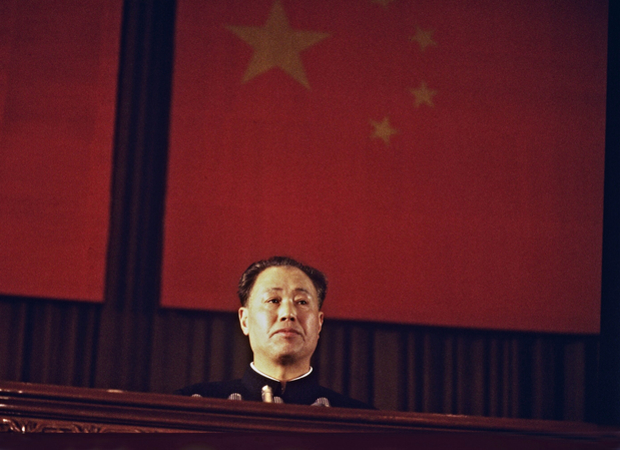Denied Status, Denied Education: Children of North Korean Women in China
on April 12, 2008
This report delves into the situation of the children of undocumented North Korean refugees and Chinese nationals in the Yanbian Korean Autonomous Prefecture. It explains that many children of North Korean parents are not able to be registered with the Chinese government, and thus obtain education and other social services, without exposing their parents to the risk of imprisonment and deportation to North Korea. The authors find this to be a violation of the children’s human rights and recommend that authorities in the area loosen governmental requirements for children to be registered legally.




